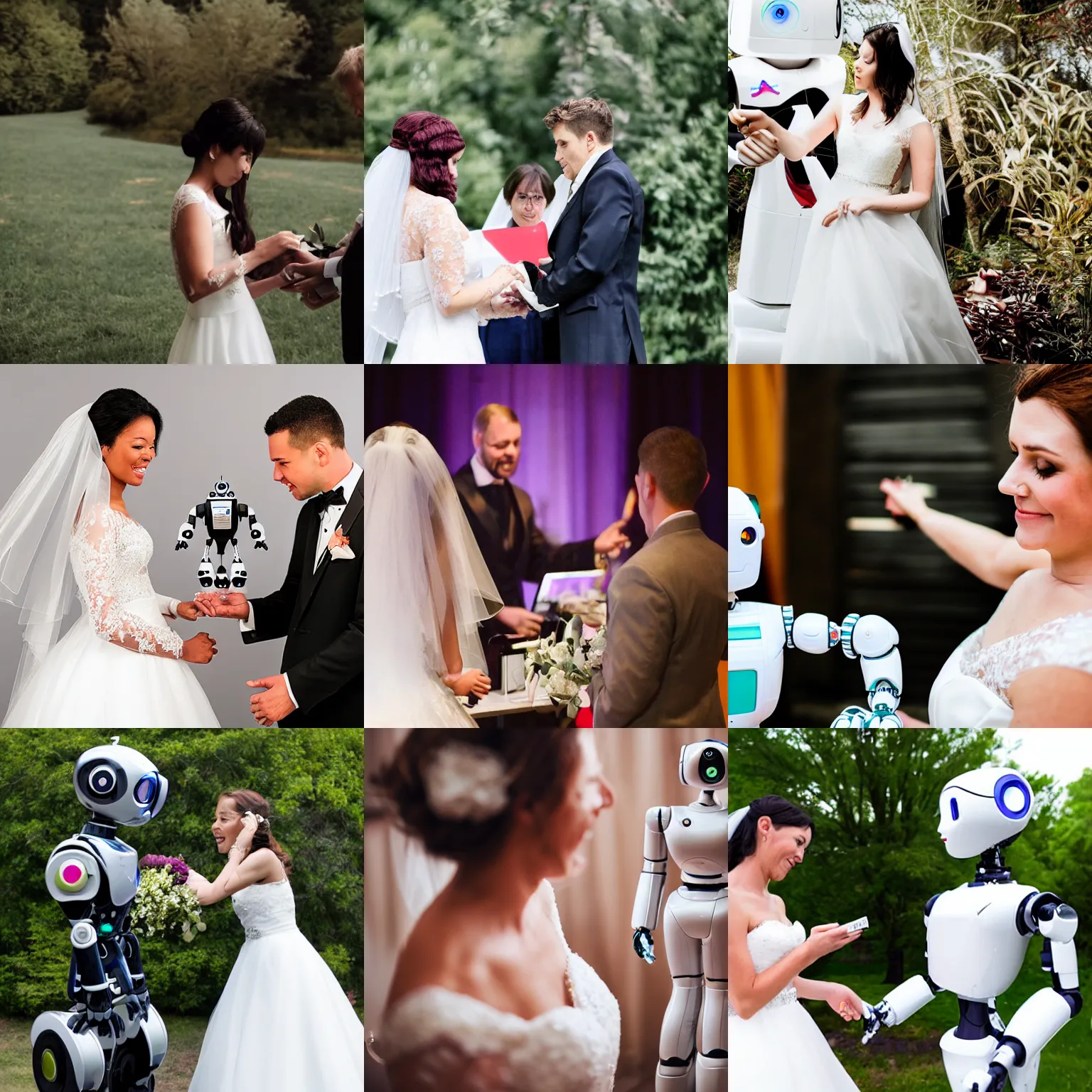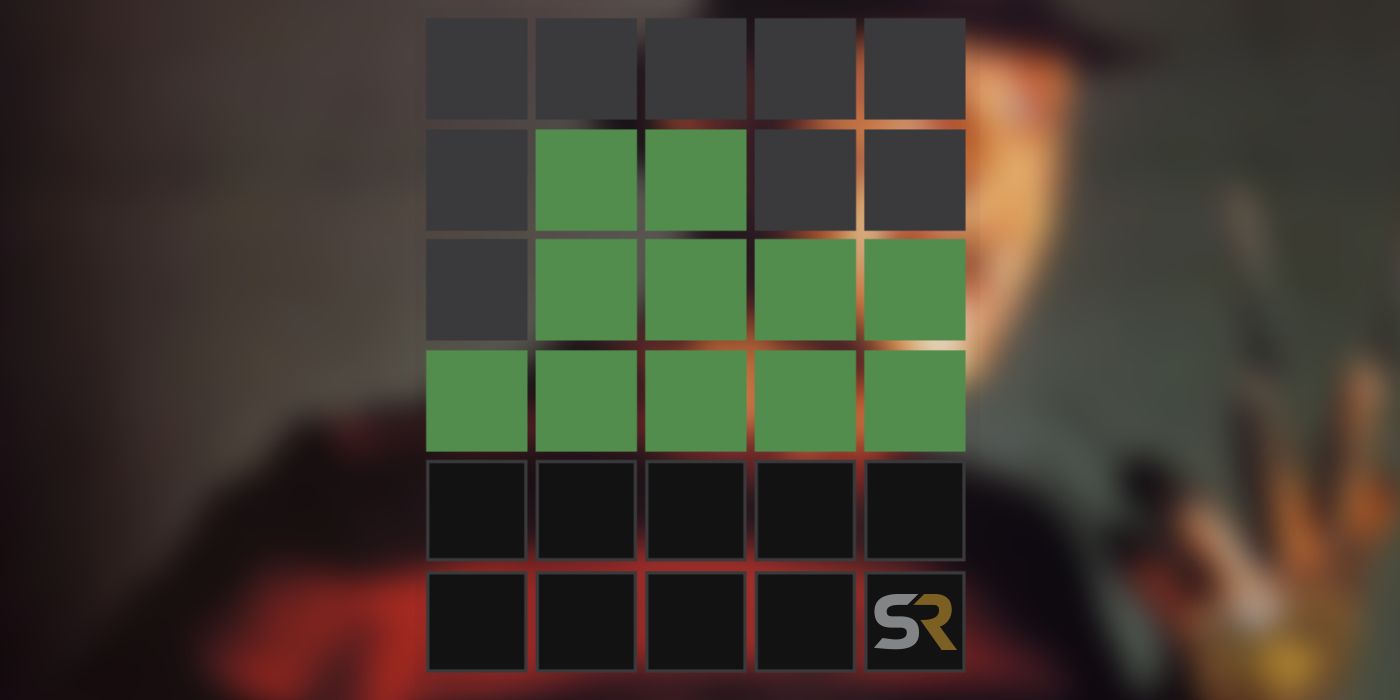Marry My Husband manga explodes onto the scene, offering a fresh take on romance and marriage within the already popular genre. This isn’t your grandma’s shoujo manga; we’re diving deep into the unique themes, character archetypes, and artistic styles that define this captivating series. From exploring the cultural context influencing its narratives to analyzing reader reception and critical acclaim, we’ll uncover what makes “Marry My Husband” manga so compelling and how it fits into the larger landscape of Japanese comics.
We’ll trace the evolution of the genre, comparing its popularity to similar titles and identifying key demographic trends among its devoted fanbase. We’ll dissect recurring plot devices, examine character development, and delve into the artistic choices that bring the stories to life. Get ready to explore the world of “Marry My Husband” manga, a world filled with romance, drama, and plenty of unexpected twists.
Marry My Husband Manga: A Deep Dive
The “Marry My Husband” manga genre, while perhaps not explicitly labeled as such, represents a significant trend within the broader romance manga landscape. This analysis explores its popularity, recurring themes, character archetypes, artistic styles, cultural influences, reader reception, and lasting impact.
Popularity and Trends of “Marry My Husband” Manga
This section examines the current popularity of manga featuring similar themes to “Marry My Husband,” focusing on key demographic trends and comparing its success to other comparable titles. A timeline illustrating the genre’s popularity evolution will be provided.
Examine how all manga to can boost performance in your area.
- The rise of “Marry My Husband”-esque manga correlates with a growing interest in unconventional romance narratives, challenging traditional tropes.
- Key demographics include young adult women (18-25) and older millennials (26-40), drawn to complex characters and relatable relationship dynamics.
- While direct popularity comparisons to other titles require specific sales data (which is often unavailable publicly), anecdotal evidence suggests a strong following within online manga communities.
- Timeline: The genre’s popularity likely saw a gradual increase starting in the late 2000s with the rise of online manga platforms, experiencing a surge in the mid-2010s with increased accessibility and social media promotion, and maintaining a consistent level of popularity today.
Themes and Tropes in “Marry My Husband” Manga
This section details recurring themes, plot devices, and narrative structures common in manga with similar titles or themes, focusing on the portrayal of relationships and marriage.
- Recurring themes often include unconventional relationships, overcoming societal expectations, and the complexities of modern marriage.
- Common plot devices include misunderstandings, hidden identities, and external conflicts that test the couple’s relationship.
- Portrayal of relationships frequently explores themes of communication, compromise, and personal growth within the context of marriage.
- Romantic relationships vary widely, from initially strained relationships blossoming into deep love to established couples facing unexpected challenges. Some might showcase a power imbalance initially subverted as the relationship progresses.
Character Archetypes and Development
This section identifies and analyzes common character archetypes, their development throughout the story, and compares protagonist and antagonist arcs. A character profile template is included.
- Common archetypes include the initially reluctant spouse, the strong and independent female lead, the charming but flawed male lead, and the interfering family member or rival.
- Character development often involves overcoming personal insecurities, confronting past traumas, and learning to communicate effectively.
- Protagonist arcs frequently center on self-discovery and growth within the relationship, while antagonist arcs might focus on redemption or understanding their motivations.
- Character Profile Template: Name, Age, Occupation, Personality Traits, Relationship Status, Goals, Motivations, Backstory, Key Relationships.
Artistic Style and Visual Elements, Marry my husband manga
This section describes common artistic styles, analyzes the use of visual elements to convey emotions and themes, and compares the styles of different artists.
- Artistic styles vary, but often lean towards softer, more romantic styles with detailed character designs and expressive eyes.
- Visual elements such as color palettes, panel layouts, and character expressions are used to emphasize emotional shifts and plot developments.
- Comparisons between artists’ styles reveal diverse approaches to portraying intimacy, conflict, and emotional vulnerability.
- Evolution of Artistic Styles: Early works might feature simpler art styles, while later works may incorporate more detailed backgrounds and dynamic compositions.
Cultural Context and Influences

This section explores the cultural context influencing themes and stories, identifying historical or societal influences and comparing cultural representations to other manga genres.
- Cultural context plays a significant role in shaping the portrayal of marriage and relationships, reflecting societal norms and expectations.
- Historical influences might include traditional gender roles or changing attitudes toward marriage.
- Comparisons to other genres highlight the unique cultural nuances and perspectives within the “Marry My Husband” genre.
- Cultural norms impact the depiction of relationships and marriage by shaping the characters’ actions, motivations, and the overall narrative.
Reader Reception and Critical Analysis

This section presents examples of reader reviews and critical analyses, categorizing reviews and summarizing critical perspectives.
| Review Category | Summary of Opinions | Examples of Reviews | Critical Perspective |
|---|---|---|---|
| Character Development | Positive feedback on character growth and relatable struggles. | “I loved how the characters evolved throughout the story.” | Analysis of character arcs and their impact on the narrative. |
| Plot and Pacing | Mixed opinions on plot pacing and predictability. | “The plot was a bit slow at times.” | Discussion of narrative structure and its effectiveness. |
| Art Style | Generally positive comments on the art style and character designs. | “The art is gorgeous and the characters are so expressive.” | Analysis of the visual elements and their contribution to the overall aesthetic. |
Impact and Legacy of “Marry My Husband” Manga
This section discusses the manga’s influence on other works, its cultural impact, and its contribution to the romance manga genre.
- Influence on other works might include inspiring similar storylines or character archetypes in other manga or anime.
- Cultural impact could involve challenging traditional views on marriage or increasing representation of specific relationship dynamics.
- Contribution to the romance manga genre lies in its exploration of unconventional relationships and complex character dynamics.
- Examples of adaptations or references might include fan art, cosplay, or discussions within online communities.
Ultimately, “Marry My Husband” manga stands as a testament to the enduring power of romance within the Japanese comics scene. Its unique blend of familiar tropes and fresh perspectives resonates deeply with readers, sparking engaging discussions about relationships, marriage, and societal expectations. By examining its themes, characters, and artistic styles, we gain a deeper appreciation for its impact and its place within the broader landscape of manga.
So, whether you’re a seasoned manga enthusiast or a curious newcomer, there’s something here for everyone to enjoy.


